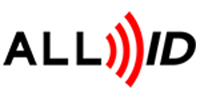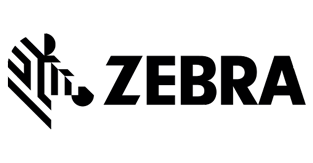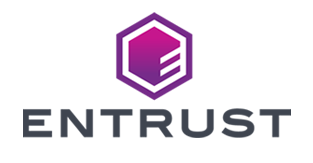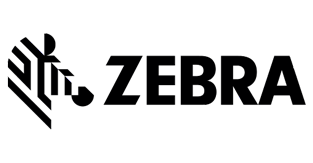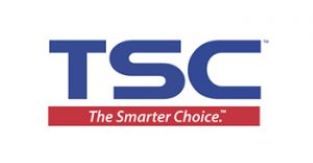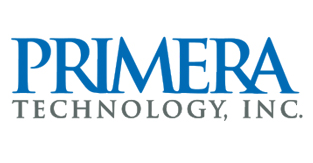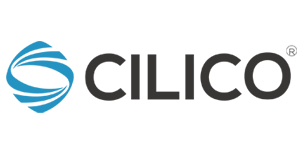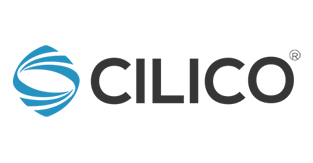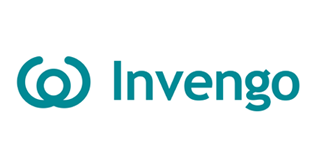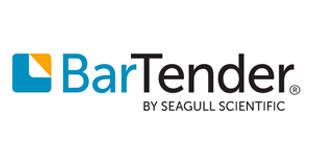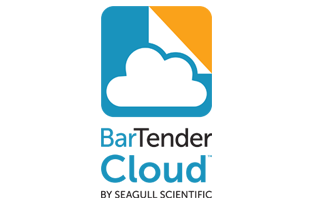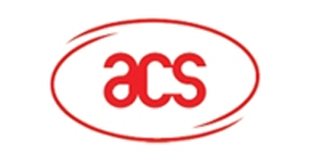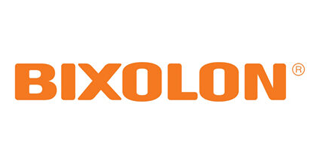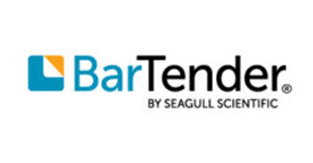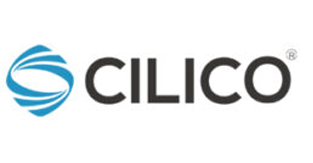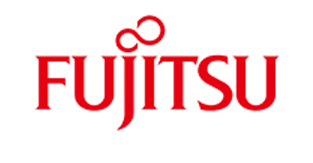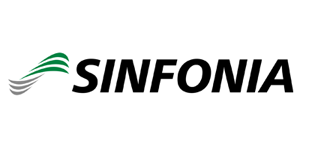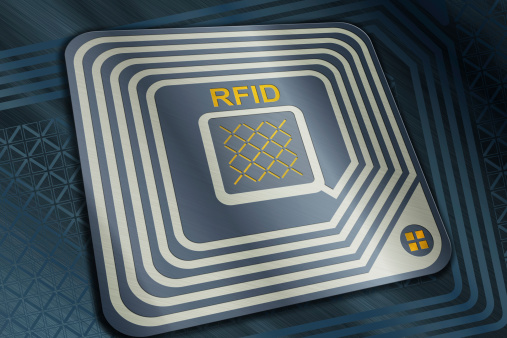
More and more businesses are considering an investment in radio frequency identification (RFID) technology to help automate their inventory, data capture, and tracking processes. However, despite the proven value it adds to organizations, there is no shortage of questions and misunderstandings around the full capabilities of RFID:
- How effective and accurate is RFID?
- Is it the right fit for my business and application needs?
- How can I leverage it to get the best results?
- How difficult is it to implement?
If you’re struggling with these questions, don’t worry. RFID has been around for more than a decade and is used by thousands of businesses in a wide array of applications. That means there is a lot of experience and results to share when implementing and using RFID technology.
Over the years, we’ve seen firsthand what works and what doesn’t when it comes to using this technology. (RMS Omega has been part of the RFID revolution by advising many of our clients on this technology, and we have an entire decade of experience in designing, installing, and supporting RFID systems alongside other RFID solution experts such as Zebra).
More importantly, we’ve seen a lot of misinformation circulate throughout the market about what RFID can and can’t do, much of which has caused hesitation among organizations that can gain considerable benefits from the technology. In turn, we wanted to review the top ten myths and misconceptions about using RFID and paint a more accurate picture about what the technology can do and how it can add value to your business.
So, let’s get started!
Myth #1: RFID Is Only for Big Organizations

RFID technology provides the most efficient and accurate way for organizations to track, trace, and monitor assets, and enterprises of all sizes can benefit from the improved asset visibility and management facilitated by RFID. So, while it’s true that big companies were among the early adopters of RFID technology – and the cost of RFID tags and infrastructures was originally quite expensive – the reality today is that RFID is often the right solution for all enterprises, even smaller businesses with limited budgets.
In fact, RFID can be very cost effective depending on your application and the infrastructure and resources you’ll need. For example, if you want to better see and manage assets within a warehouse or manufacturing facility, you can potentially use handheld RFID readers and relatively inexpensive RFID tags that you can print with an affordable RFID printer.
Additionally, you don’t even need to have a warehouse management system (WMS) or enterprise resource planning (ERP) system in place to utilize RFID, which translates into potentially more cost savings when compared to other types of asset tracking technologies. RFID solutions can be standalone systems that simply run on your handheld devices using a basic software app that connects to whatever database you might be using to track inventory, tools, people, raw materials, semi-finished goods and more.
Myth #2: You Need a Barcode System Before Getting into RFID
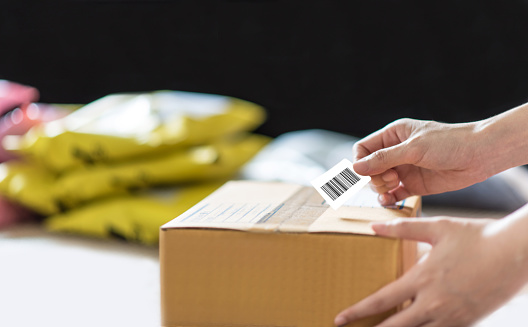
Some people think they need to have a barcoding system in place before they start using RFID, but they don’t. Yes, many businesses use barcode solutions as a stepping stone from completely manual processes to automated systems, but you don’t need to have a barcoding system at all to use RFID. If RFID meets your application needs, you can jump right into it and use it exclusively. And if you prefer to start with barcoding, know that it can serve as a cost-effective and straightforward way to make incremental improvements while you build toward a more sophisticated and automated approach that includes location tracking.
Myth #3: RFID Will Replace Barcoding
In the early days of RFID, some champions of the technology predicted that RFID will eventually replace barcoding. And some businesses are under the misconception that if you implement RFID, you have to replace your barcoding system.
Both of these ideas are incorrect. While RFID is a fantastic technology that has revolutionized inventory and asset tracking, there are plenty of use cases where barcoding is sufficient to meet a business’ needs. If it would cost significantly more to use RFID for the same application and you’re not going to get any added benefits, it wouldn’t make sense to take on the extra cost. Conversely, if barcoding is requiring your workers to do too much manual scanning, and you need a more efficient way to track and locate assets, RFID will typically generate better results and provide a higher ROI.
RFID and barcoding each have their place, so one isn’t going to replace the other. Moreover, there are many applications and processes where they can be used together. For example, in healthcare, patient ID wristbands can have both RFID inlays as well as barcode data. The RFID tags allow healthcare facilities to track the locations of at-risk patients for safety or identify a patient without disturbing them, and the barcodes are used by nurses to quickly scan and verify a patient’s identity and medical record number.
Myth #4: With RFID, You’ll Always Have Real-Time Information on Item Locations

The ability to locate tagged or labeled items and track their locations in real time is one of the biggest selling points of RFID. But the reality is that not everyone needs real-time visibility into item location. In fact, previously known location information delivered via passive RFID solutions is often more than sufficient once use cases and desired outcomes are clearly defined. There may be times when real-time visibility is required – and this can absolutely be achieved if you choose the right RFID solution.
For example, to gain true real-time information on item locations, you may need to have fixed RFID readers placed in many strategic locations, such as doorways or aisles, so those readers can send out signals, read tags, and detect items where they are currently stored or as they move past the reader.
But, the ability to detect item locations is dependent on the range of your tags and readers. If a tagged item is out of range, it won’t be detected. So, there’s a built-in physical limit. However, if you’re using the right RFID tags and reader technology for your application and you have the right amount of infrastructure in place, you can track items in real time with a high degree of location accuracy—down to as little as a few feet.
There is also a common misperception that active RFID is more accurate than passive RFID for locationing when, in fact, properly designed passive RFID solutions are accurate within 2-4 feet. If you need more precise location information, then Ultra Wideband (UWB) RFID technology provides location accuracy within a few centimeters. So, consult with a solution partner to clearly define your use case requirements, including when, where and how tags will need to be read to extract desired asset data.
Myth #5: RFID Is Only for Inventory

This is a natural misconception because RFID is used so widely in inventory management. However, it has also proven to be useful in other applications. RFID can be used for a wide array of applications, including equipment and asset tracking, work-in-process tracking, checking items in and out, monitoring chain of custody, maintaining maintenance and safety records, quarantining defects for quality control, and much more.
For example, major aerospace manufacturers use RFID tags to track and locate expensive equipment that they need to move and share between buildings. Similarly, energy companies use RFID tags to track equipment and update maintenance and repair records for those items in the field. Other companies have used RFID to track parts and materials as they move through production processes, so they can validate when the correct items have reached each stage.
RFID is an excellent tool for any use case where you need to accurately identify, track, and/or locate items, especially when they’re higher-value or business-critical assets. You can track items and quantities and tie them to virtually any type of information you want to maintain about them in a database. Advanced active RFID tags can even record conditions such as temperature and humidity, so they can be used to monitor transit conditions in cold chain applications.
Myth #6: RFID Is a Problem for Privacy
Some people wonder if the RFID tags used to track a company-issued asset (such as a laptop) or items they purchase from retail stores (such as clothes) can be used to track their movements or create profiles. This should not be a concern at all.
Companies might use RFID for employee tracking on their premises and to limit access to restricted areas. And, in the event of a building evacuation, such as a chemical spill or fire, RFID tracking can be used to verify that all workers have left a location and are safely out of harm’s way.
However, employees should know that a badge can only be read if it is in range of their company’s RFID infrastructure. Many people confuse RFID and GPS as being synonymous, but an RFID badge cannot be read if an employee is off work and outside the company’s RFID network. Plus, the only way someone can “read” RFID tags is if they have both a suitable RFID device and access to the associated database of RFID tag data to understand the meaning of the number they read – and neither the hardware or database access are readily available.
In other words, it’s natural for some people to worry about privacy if they know their locations might be tracked. Understanding how and why it’s being done, in addition to the extreme limitations of RFID tracking, goes a long way in alleviating some of those concerns.
Myth #7: RFID Can Solve Any Asset or Inventory Problem
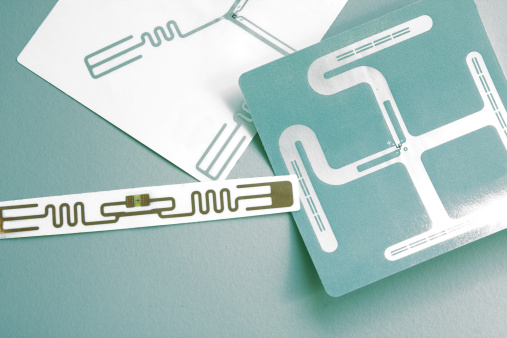
RFID has solved many asset and inventory problems in countless applications around the world. However, as with any technology, it may not solve every conceivable business problem. So, it cannot be force fitted to solve every use case. You must be aware of the proper use of RFID and choose the right type of solution to meet your business objectives. This includes having the right tags, labels, readers, antennas and software to create a successful system.
Plus, not every RFID system is the same. Each solution is unique to each business and might be used differently, so it needs to be tailored to your needs. It’s also important to remember that RFID is not GPS. As noted before, RFID tags can only be read where you have the right readers and infrastructure in place. Part of the confusion about RFID stems from the fact it is actually a broad umbrella of technologies: active (which includes UWB), passive (which includes high-frequency/near-field communications and ultra-high frequency) and semi-passive or battery assisted passive (BAP). Each has unique characteristics that make it ideal to address some specific use cases. UHF RFID generally has broader applicability in terms of use cases and verticals.
With all this being said, you can use RFID to solve most asset tracking and inventory problems, especially if you work with an experienced technology partner who can help you design, implement, and maintain the right system for your needs. Partnering with Zebra, the RMS Omega team works with many businesses to evaluate RFID, determine if it would be feasible and effective for their needs, and identify exactly what kind of RFID technology, infrastructure, and software they’ll need to implement a successful system. The process often starts with an RFID assessment and then a site survey and pilot test to validate whether RFID will work for a specific application, perform reliably in a given environment, and deliver the results that are expected.
Myth #8: RFID Is 100% Accurate
It’s true that RFID is a highly accurate (99.5% or better) way to identify, locate, and track inventory and assets. However, 100% accuracy is not always guaranteed and depends greatly, once again, on how and where you’re using RFID technology. This is why it is critical to work with an RFID technology provider who can help you construct the proper solution based on each use case. They can help you determine whether you need a passive or active system (or both, if you have multiple use cases that warrant different technology system designs). And they will make sure you select the right components, including tags, readers and antennas.
If you follow the lead of RFID experts and are disciplined in your discovery, design and execution processes, then you will be able to come up with a solution that addresses your pain points very well. In fact, the Zebra team reports 99.5% or better accuracy among its customer deployments, which it credits to its collaborative solution development and deployment approach.
Myth #9: Transitioning to an RFID System Is a Big Challenge

Many businesses assume that moving to an RFID system is a big undertaking filled with challenges. Some implementations can be challenging, especially if a business needs a highly complex, sophisticated, and comprehensive solution on a large scale. But in the vast majority of cases, RFID is relatively easy and manageable to implement.
The key is to start by working with an RFID expert through a discovery and design process to identify your business goals, explore how RFID will fit into and improve your workflows, and figure out what sort of RFID solution you’ll need. From there, you’ll need to design a solution, test it in your environment, and then deploy it and make sure your workers are trained to use it effectively.
Once an RFID solution is in place, you should find that it reduces or eliminates the more labor intensive, error-prone, and cumbersome manual processes related to inventorying, tracking, tracing and monitoring assets. Depending on the implementation, these processes may become mostly or fully automated which will make them far faster and more accurate than they are today.
Of course, this is a process that takes time and effort, but that is why there are technology experts, like Zebra and RMS Omega, that can work closely with you to achieve your goals. And once your system is in place, you can rely on your technology partner to help maintain and support your system, so there isn’t additional strain on your IT resources, and you can keep things running smoothly.
Myth #10: Implementing RFID Is Difficult
Over the last 15-20 years, RFID technology, solutions, and processes have all matured greatly, and there are many domain experts available to help ease implementation across a number of use cases.
Thousands of businesses have already implemented RFID in some capacity, and many have expanded their solutions beyond the initial use case to gain tremendous benefits. But, because the scope of your project is going to be unique to your business, the key to reducing complexity is spending the time properly assessing your environment, identifying your pain points, defining your use case and refining your strategy.
Get the process rolling by scheduling a consultation or two with a trusted RFID solution provider. They’ll guide you through the discovery process and help you structure the solution accordingly to ensure you have the right hardware and software, including fixed and/or handheld RFID readers and antennas, tags and printers. For example, the software component can include RFID reader middleware, a comprehensive RFID platform, or asset tracking and inventory software.
You’ll also want to invest in a site survey and take time to test and validate your system before you plan a full-scale rollout. Finally, there’s the task of actually deploying your infrastructure, hardware, and software; providing the required training; and maintaining your system over the long term.
Article Credit: Zebra Technologies
